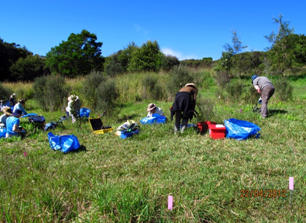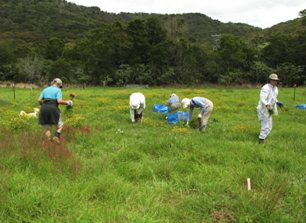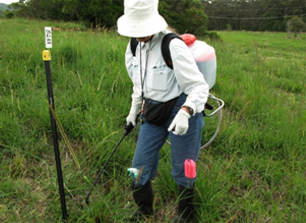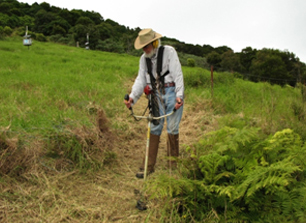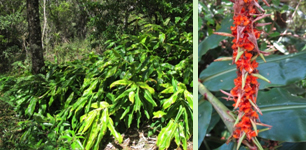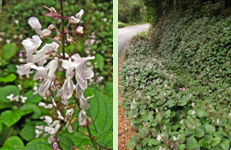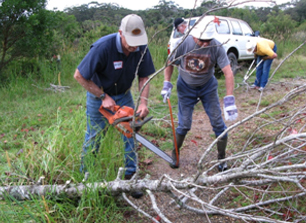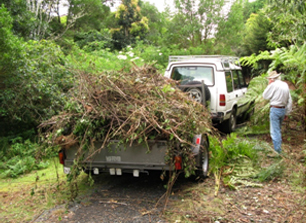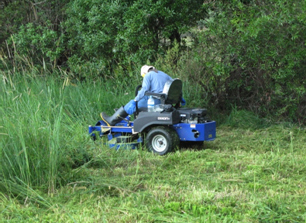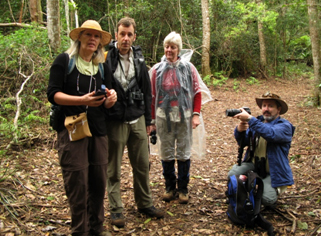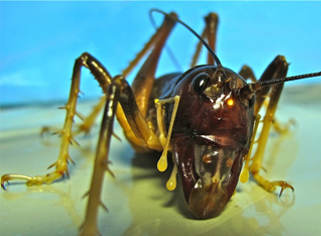|
Around 500 volunteers from far and wide have registered with the Springbrook Rescue Project. For many, the hands on work helping the Parks and Wildlife Service build new national park and World Heritage areas can be a transformative and inspiring experience. We are extremely grateful and humbled by the many people who have already committed their passion, skills and time to the project. Volunteer accommodation is essential in a remote-area project such as Springbrook Rescue. Further details are available on the associated page. Our primary focus, wherever possible, has been allowing natural regeneration of World Heritage values in the wet core of the Gondwana Rainforests of Australia World Heritage site. We believe we should only actively help nature recover if there is good evidence to justify intervening. Where we can demonstrate the need, we can only achieve our primary goals with the generous involvement of the community. In a remote location such as Springbrook we are dependent on a much larger pool of volunteers than the local community can provide. The tasks that are necessary are wide-ranging, common to most science-based restoration projects, and include: Volunteer coordinator Volunteer activities are focused on the critical threat of Aristea,. Weed removal Unless necessary for a particular task, or when volunteers are willing and enthusiastic to do more, four hours is normally the maximum amount of time a group spends working in the field in any one day — in periods of two hours broken by morning or afternoon tea, or lunch. [For science related work on growth plots, 6–8 hours a day has been found to be necessary to complete each seasonal measure in a reasonable time.] |
||||||||||||||||||||||||
|
||||||||||||||||||||||||
| SEED COLLECTING | ||||||||||||||||||||||||
 Collecting seeds from local provenances. Acacias such as A. obtusifolia, and Lomatia arborescens are important colonisers for areas too far from natural sources |
||||||||||||||||||||||||
Participating in science projects |
||||||||||||||||||||||||
| In addition to the examples below, an indispensible part of Springbrook Rescue involves data management including data downloads from field monitoring stations and data entry into our various databases | ||||||||||||||||||||||||
Property and equipment maintenance and repairs We also need help with routine maintenance of equipment such as mowers, brush cutters, chainsaws and chippers. |
||||||||||||||||||||||||
